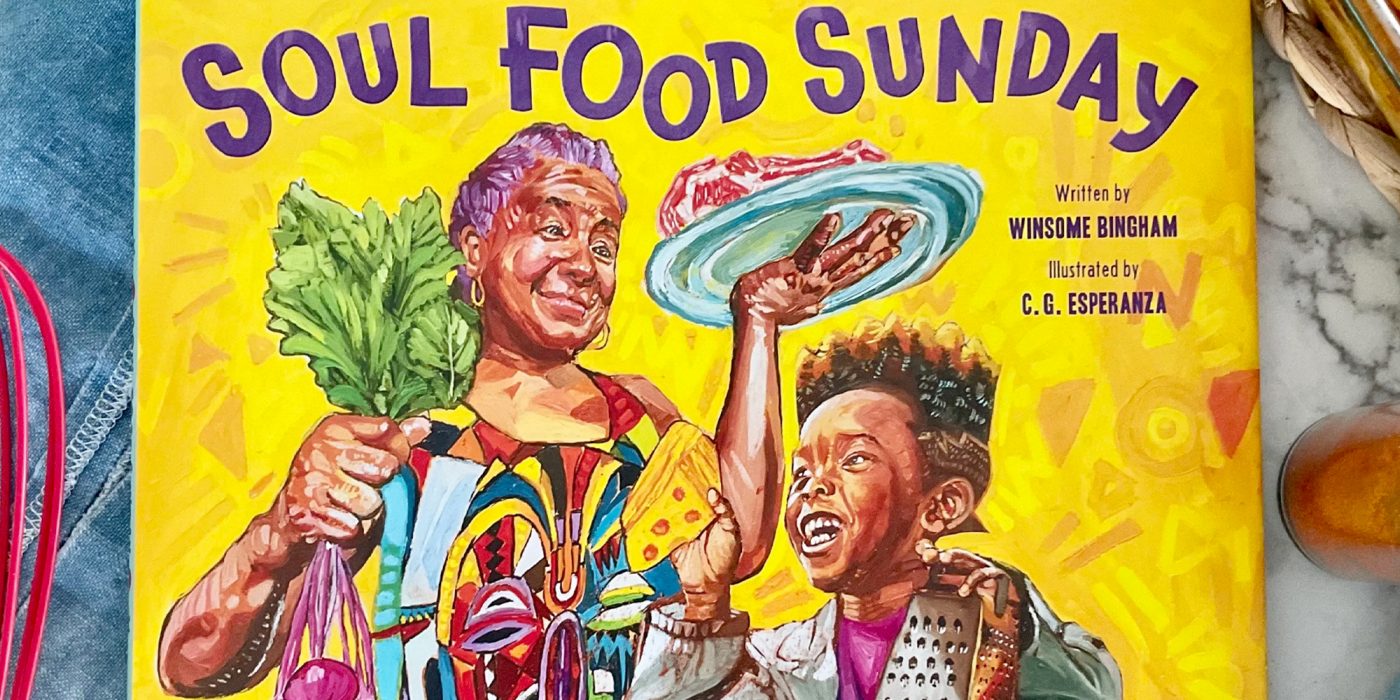First Book, a nonprofit social enterprise focused on furthering educational equity for children ages 0-18 who are growing up in low-income communities, recently announced the launch of the Diverse Books for All Coalition, a consortium of 27 nonprofits, including ZERO TO THREE. I spoke to Kyle Zimmer, the President and CEO of First Book; and Ernestine Benedict, the Chief Communications Officer at ZERO TO THREE, the nation’s leading nonprofit dedicated to ensuring all babies and toddlers have a strong start in life.
Why is diversity especially important in picture books?
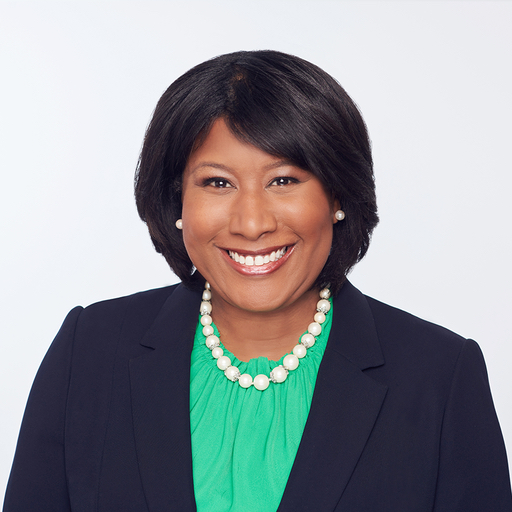
Ernestine Benedict: Access to diverse books from the earliest ages is important for so many reasons. First, all children, especially babies and toddlers, need books where they can see themselves and their experiences. Seeing characters that look like them and stories that represent their own experiences tells children that their lives are worthy of being thought about, discussed and celebrated, and we want to be doing that at the earliest ages of life.
These picture books play an important role to help nurture positive self-identity and self-esteem for every child. Books that reflect children’s lives also invite children in: they send a message that books and reading are for them. This is an important entry ramp to literacy and education in general.
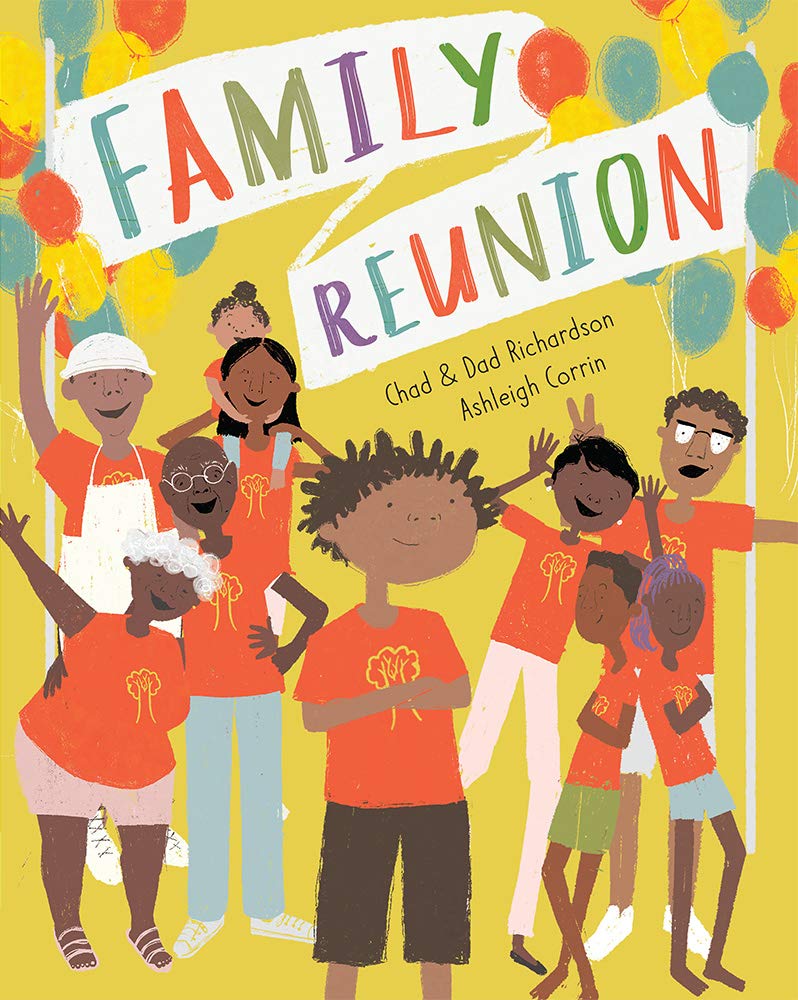 The American Psychological Association reports that children form their perspectives on race much earlier than most parents realize. Babies as young as 3 months start to prefer faces from certain racial groups, and by age four, children can exhibit race-based discrimination. Ensuring that all children—regardless of their own race and ethnicity—grow up with picture books with characters and stories that feature diverse races and cultures contributes to racial equity and empowers children to form better relationships and connections in an increasingly diverse world. Stories that feature a wide variety of characters and experiences are a powerful way for all families to challenge stereotypes and expand our worldview from the start.
The American Psychological Association reports that children form their perspectives on race much earlier than most parents realize. Babies as young as 3 months start to prefer faces from certain racial groups, and by age four, children can exhibit race-based discrimination. Ensuring that all children—regardless of their own race and ethnicity—grow up with picture books with characters and stories that feature diverse races and cultures contributes to racial equity and empowers children to form better relationships and connections in an increasingly diverse world. Stories that feature a wide variety of characters and experiences are a powerful way for all families to challenge stereotypes and expand our worldview from the start.
How did the W.K. Kellogg Foundation and First Book initially come together around the cause of diverse books? What problems are you trying to solve?
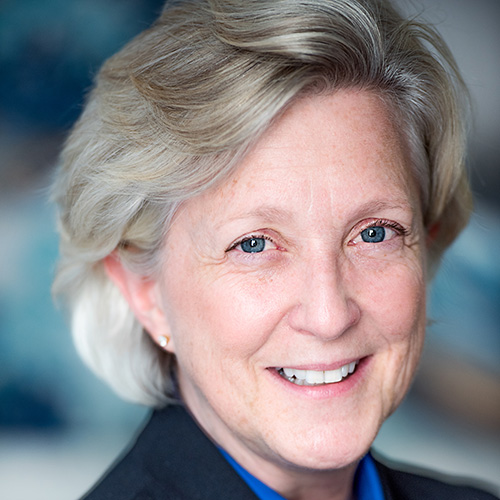
Kyle Zimmer: The Diverse Books for All Coalition is working to address three issues: the lack of access to affordable, quality children’s books by and about diverse cultures and races; the need for a clear narrative about the value and benefits of diverse books; and support for parents, caregivers and educators to effectively define, advocate for and integrate diverse books in their programs, classrooms and communities.
What we realized is that, while there have been some promising individual efforts to address these issues, the efforts have been too fragmented and aren’t moving the needle fast enough at a time when our schools and our kids need our support more than ever.
Even for children who aren’t reading yet?
Zimmer: Children start learning about their own identities and valuing differences at the very earliest ages. That’s why the coalition is working to include parents, caregivers and educators on the value of providing all children, starting from birth, with beautiful books that celebrate different races and cultures.
What values brought the coalition and the W.K. Kellogg Foundation together?
Zimmer: To achieve systemic change, we need to bring the full power of the sector, and that means working together across organizations. The vision of the coalition aligned with the W.K. Kellogg Foundation’s commitment to diversity and racial equity. The foundation also understands the power of collaboration—so there is considerable common ground between the work of the coalition and Kellogg’s priorities. We are grateful to the Kellogg Foundation for supporting this work, and hope other funders join as well. True systemic change can only happen when we join forces and work across organizations.
After 90% of surveyed educators indicated that children in their programs would be more enthusiastic readers if they had books with characters, stories and images that reflect their lives, First Book launched the Stories for All Project in 2013 to increase access to diverse books. The coalition really takes this work to an entirely new level.
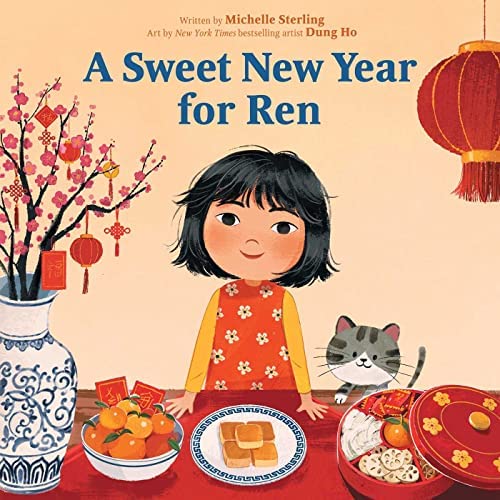 And while First Book is the catalyst and backbone for the coalition, this is a shared, co-owned approach: together we are co-creating what we want to accomplish, and how we will measure impact. I’m energized by the prospect of multiplying this effort by 27 organizations with shared values and learnings.
And while First Book is the catalyst and backbone for the coalition, this is a shared, co-owned approach: together we are co-creating what we want to accomplish, and how we will measure impact. I’m energized by the prospect of multiplying this effort by 27 organizations with shared values and learnings.
How did the group decide to form the coalition?
Zimmer: We used a very intentional, consultative approach, starting the process with one-on-one, individual conversations with each organization. We wanted to hear what specific issues were important to them regarding the need for diverse books; how it impacted their work, and the children and families they served. What did they see as the critical elements for a successful collaboration, and at the end of the process, what did they feel was important to accomplish together?
 After conducting those interviews, we provided a report that identified common priorities, and we convened the group to explore those areas. There was definite interest in working collectively. This is not the First Book show. It’s important to us that every member’s voice, needs, expectations and goals were heard and valued from the outset—and continue to be.
After conducting those interviews, we provided a report that identified common priorities, and we convened the group to explore those areas. There was definite interest in working collectively. This is not the First Book show. It’s important to us that every member’s voice, needs, expectations and goals were heard and valued from the outset—and continue to be.
How did ZERO TO THREE become involved with the Diverse Books for All Coalition?
Benedict: Our mission is to ensure that all babies and toddlers have a strong start in life. So, while we don’t directly distribute children’s books, educating and advocating for parents to integrate diverse books from the youngest ages is very much a part of our mission. Having a number of partner organizations as part of this coalition, we were excited to have the opportunity to take part as we see the critical need for this type of collaborative effort, especially now. ZERO TO THREE intends to use our megaphone to support the work of the coalition.
How can educators and caregivers discover and obtain diverse children’s books?
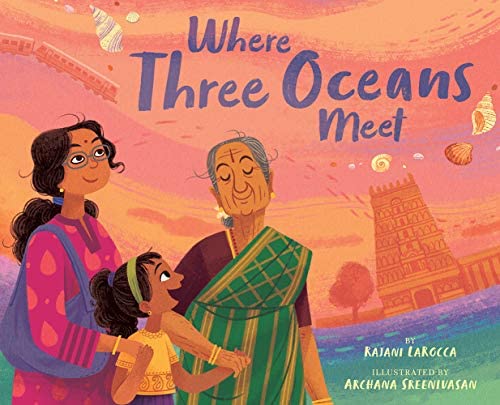 Zimmer: Local booksellers and libraries are great resources for parents and caregivers to learn about and obtain diverse children’s books. In addition, many coalition members regularly lift up titles of diverse books on our respective websites and through our social media platforms. For example, on the First Book Marketplace, our professional curation team highlights a range of diverse books, searchable by age, topics, format and the like.
Zimmer: Local booksellers and libraries are great resources for parents and caregivers to learn about and obtain diverse children’s books. In addition, many coalition members regularly lift up titles of diverse books on our respective websites and through our social media platforms. For example, on the First Book Marketplace, our professional curation team highlights a range of diverse books, searchable by age, topics, format and the like.
Anyone can go on the site and look at the titles, but in keeping with our nonprofit mission, only eligible educators—those at Title I schools and community programs where 70% or more of the children served are from economically challenged neighborhoods—can purchase books from our site.
How can libraries and others get involved?
Benedict: Libraries have been focused on diverse books for years as part of their missions. We’ve had initial discussions with the American Library Association so that we’re aware of each other’s work, and we are continuing those discussions to see how we can support each other, share resources and learnings.
We are open to discussions with other organizations that use book distribution as part of their theory of change, and are interested in contributing to the work of the coalition.
Which authors or books are you especially excited about?
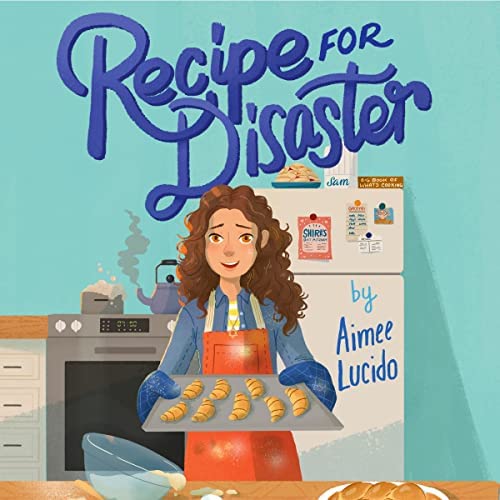 Zimmer: Sorry—that’s an impossible question to answer. That’s like asking a parent: which child is your favorite? There are so many voices we need to hear from, so many wonderful stories to share. The important thing is that we provide all children with the broadest range of beautiful books featuring characters and experiences—to build understanding and empathy and excite them about reading.
Zimmer: Sorry—that’s an impossible question to answer. That’s like asking a parent: which child is your favorite? There are so many voices we need to hear from, so many wonderful stories to share. The important thing is that we provide all children with the broadest range of beautiful books featuring characters and experiences—to build understanding and empathy and excite them about reading.
It’s also important that children get to choose their books, with the support and guidance of parents, caregivers and educators. At the end of the day, I’m excited about authors and books that get kids excited to read and help all children feel seen and appreciated for who they are.
Progress, Sure, But So Far to Go
At the end of the five years, the Diverse Books for All Coalition aims to double the number of affordable, quality children’s books by and about diverse cultures and races—which is measured and reported by the School of Education’s Cooperative Children’s Book Center, University of Wisconsin-Madison.
The most recent numbers show that out of 3,183 children’s books published in the U.S. in 2021, only 436 were about Blacks/African Americans; 337 were about Asians; 234 were about Latinos; 62 were about Indigenous people; 21 were about those of Arab descent; and 6 were about Pacific Islanders.
Books written by authors from diverse races and cultures were similarly under-represented: out of the 3,183 children’s books published in the U.S., only 307 were written by Black/African American authors; 463 were by Asian authors; 311 were written by Latinos; 47 were written by Indigenous authors; 21 were written by those of Arab descent; and 8 were written by Pacific Islanders.

Mark Swartz
Mark Swartz writes about efforts to improve early care and education as well as developments in the U.S. care economy. He lives in Maryland.


